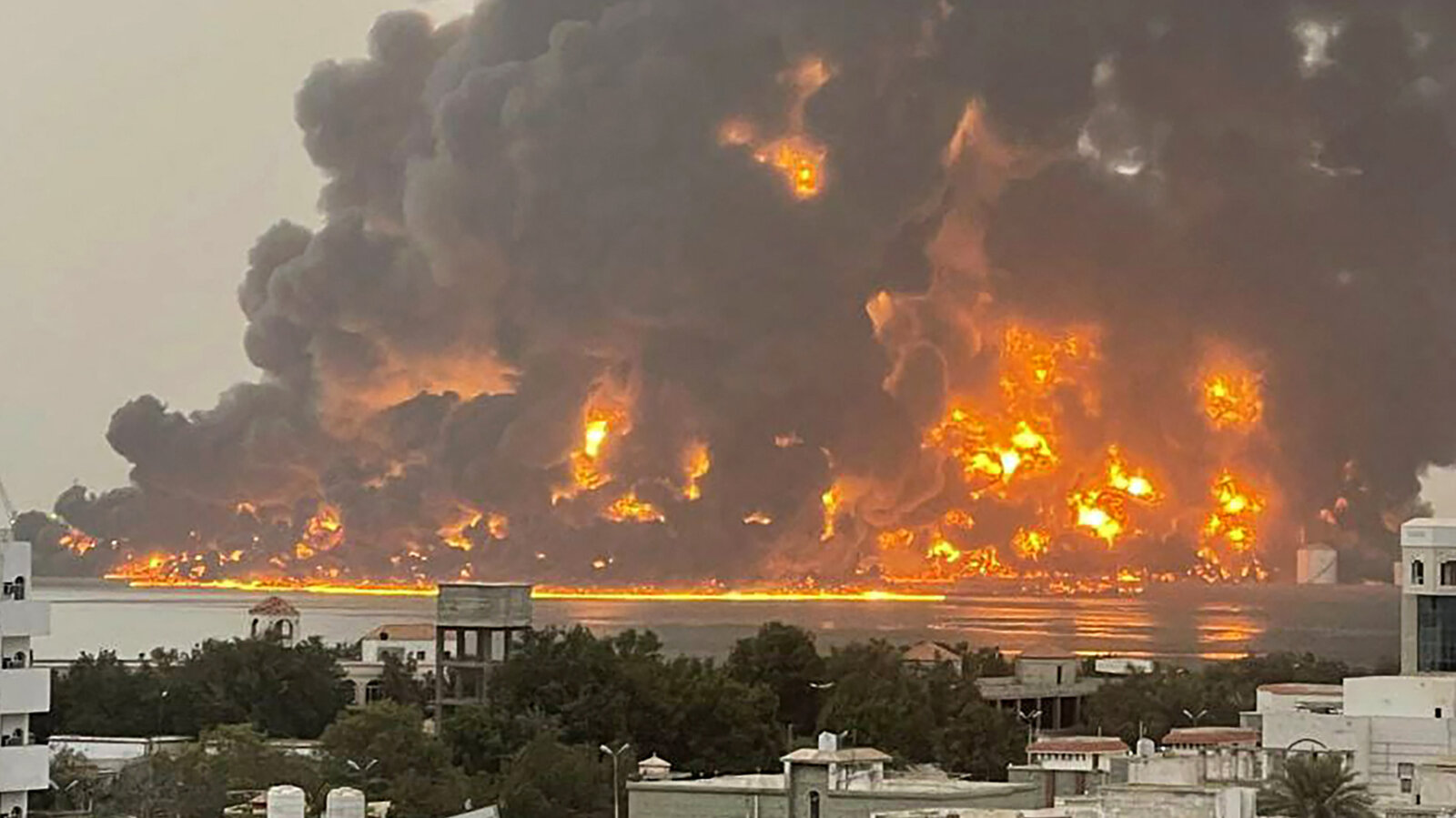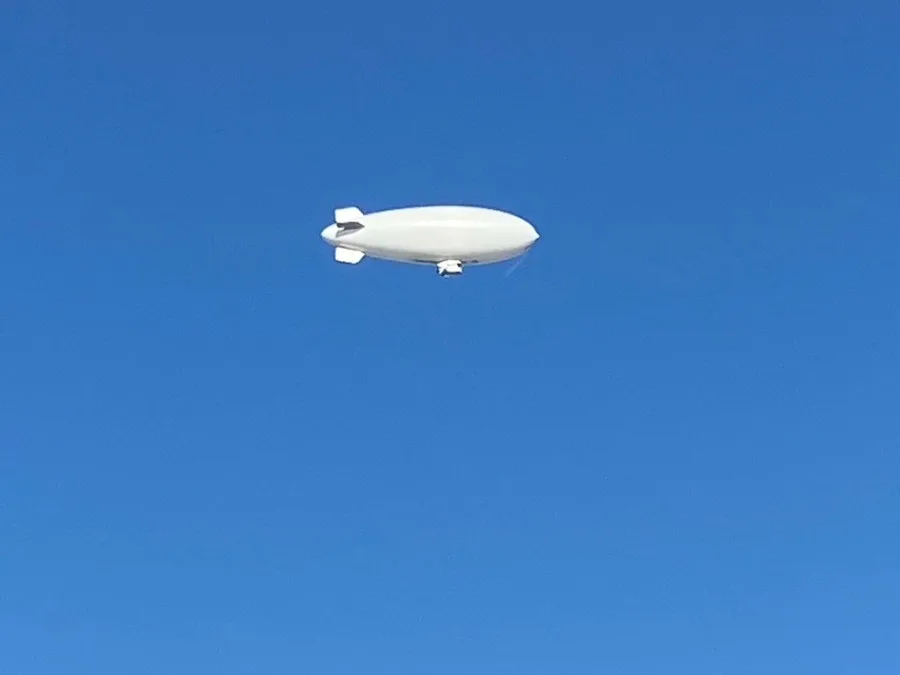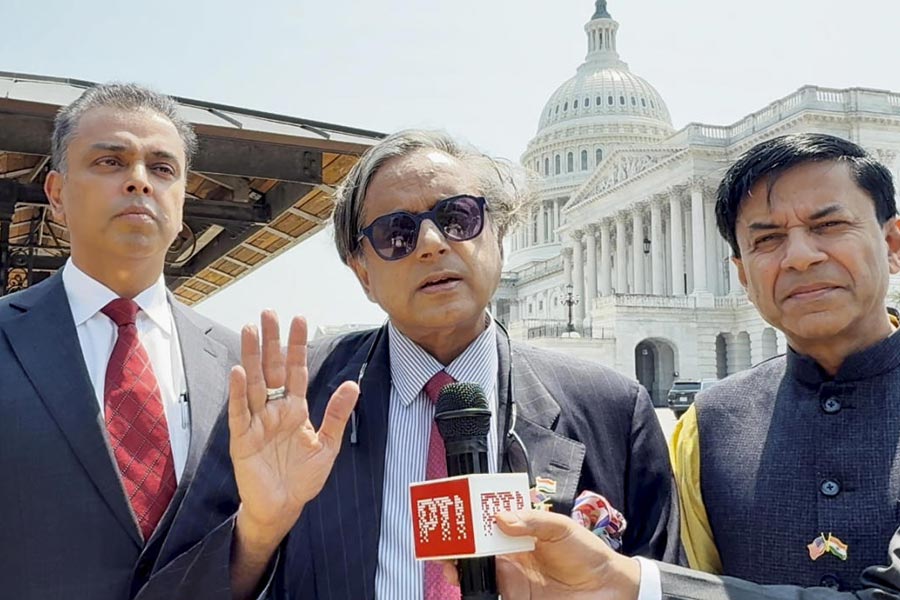Now Reading: Pentagon Releases New Strike Footage to Refute Claims of “Zero Impact” in Middle East Operation
-
01
Pentagon Releases New Strike Footage to Refute Claims of “Zero Impact” in Middle East Operation
Pentagon Releases New Strike Footage to Refute Claims of “Zero Impact” in Middle East Operation

Amid growing international skepticism about the effectiveness of recent U.S. airstrikes in the Middle East, the Pentagon has responded with newly released footage showcasing direct hits on alleged militant targets. The visuals come as a rebuttal to widespread narratives suggesting that the strikes yielded little or no operational success. For Indian observers, particularly in Tier 2 cities with rising interest in global geopolitics, this move underscores the ongoing battle between perception and proof in modern warfare.
Visual Evidence Counters Criticism
The U.S. Department of Defense made the footage public after several reports claimed that recent strikes in the Middle East caused minimal damage and achieved no strategic gain. The videos show high-precision hits on buildings, reportedly used as command and logistics hubs by targeted groups.
The timing of this release is significant, aimed at pushing back against critics who argue that American military actions have become largely symbolic and ineffective.
Why the Doubt Emerged
Following the airstrikes, several global analysts and Middle Eastern media reports downplayed the impact, citing limited physical damage and lack of visible disruption to the operational strength of the militant networks involved.
In today’s age of real-time commentary, such skepticism spreads fast—fueling political debate not only in the U.S. but also among global allies and critics.
India’s Interest in the Region
India, which maintains strategic relationships with both the U.S. and Middle Eastern nations, has a direct interest in regional stability. With thousands of Indian nationals working in Gulf countries and rising energy and trade dependencies, any prolonged conflict could have ripple effects on Indian cities like Kochi, Surat, and Hyderabad.
Moreover, Indian defense analysts and students following international relations are closely observing how military narratives are shaped and countered by official communications like these.
Media and Messaging in Modern Warfare
The Pentagon’s decision to counter criticism with visual proof reflects a broader trend in military transparency—or the attempt to control public narratives. In an age where satellite images, drone footage, and open-source data are widely accessible, traditional press releases are no longer enough to sway opinion.
This is particularly relevant in India’s digital-savvy cities where geopolitical awareness is expanding beyond Delhi and Mumbai into smaller urban centers.
Conclusion
The Pentagon’s latest move highlights how modern conflicts are fought not only on the battlefield but also in the media space. As nations like India keep a close watch on these developments, the need for verified, fact-based reporting grows ever stronger. Whether the footage silences critics or sparks more questions, one thing is clear: in today’s world, perception can shape policy just as much as military precision.

























